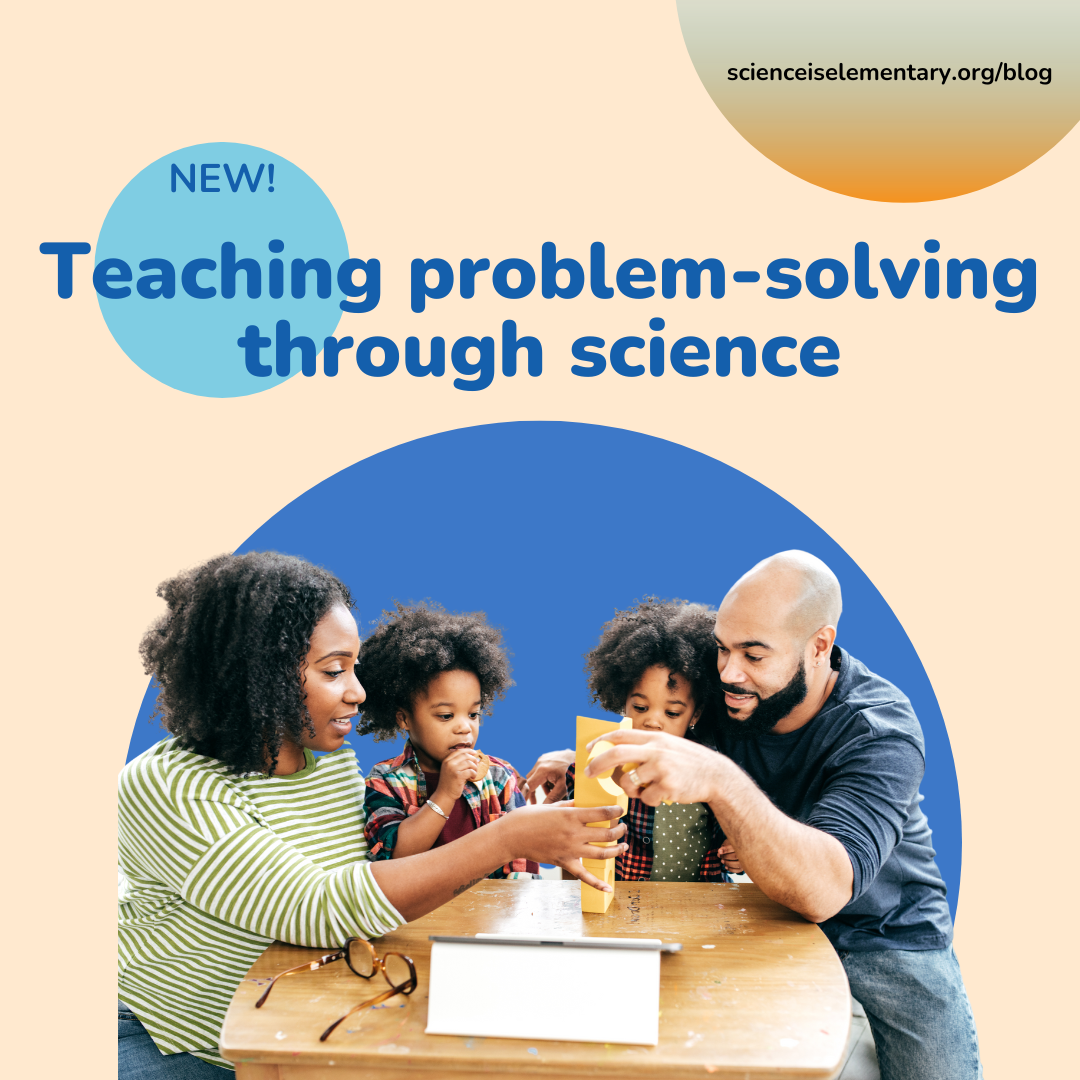Teaching problem-solving through science
In the last post, we discussed why it’s essential to instill problem-solving skills in children. Science is an excellent way to teach these skills because it involves experimentation and discovery. Children can learn problem-solving skills by conducting experiments and observing the results. Science also encourages children to think critically and ask questions.
There are many fun science experiments that you can do with your children to help them develop problem-solving skills. For example, you can create a homemade volcano, make slime, or build a simple machine. These experiments allow children to learn by doing and encourage them to think creatively.
Ideas for science experiments for kids
Balloon rocket. You will need a balloon, a straw, some string, and tape to do this. First, tie one end of the string to a chair or other stationary object. Then, thread the straw onto the string and tape it in place. Blow up the balloon and tape it to the straw. When you let go of the balloon, it will shoot across the string like a rocket. This experiment teaches children about force, motion, and energy.
Lava lamp. You will need a clear plastic bottle, vegetable oil, water, food coloring, and Alka-Seltzer tablets to do this. Fill the bottle with vegetable oil and water, leaving some space at the top. Add a few drops of food coloring and then drop in a piece of Alka-Seltzer. The tablet will react with the water and create bubbles that rise to the top, creating a lava lamp effect. This experiment teaches children about chemical reactions and density.
Climbing water. Check out one of our own SiE experiments, which teaches kids about gravity.
Encouraging curiosity and experimentation
Encouraging curiosity and experimentation is another way to help children develop problem-solving skills. You can do this by allowing your child to explore their interests and try new things. You can also provide your child with materials and resources that encourage experimentation, such as art supplies, building blocks, or SiE Books.
Another way to encourage curiosity is to ask open-ended questions. For example, instead of asking, "Did you have fun at school today?" you could ask, "What did you learn at school today?" This encourages your child to think about what they learned and to share their thoughts and ideas.
Next time, we’ll explore how to encourage problem-solving in your daily routines.

